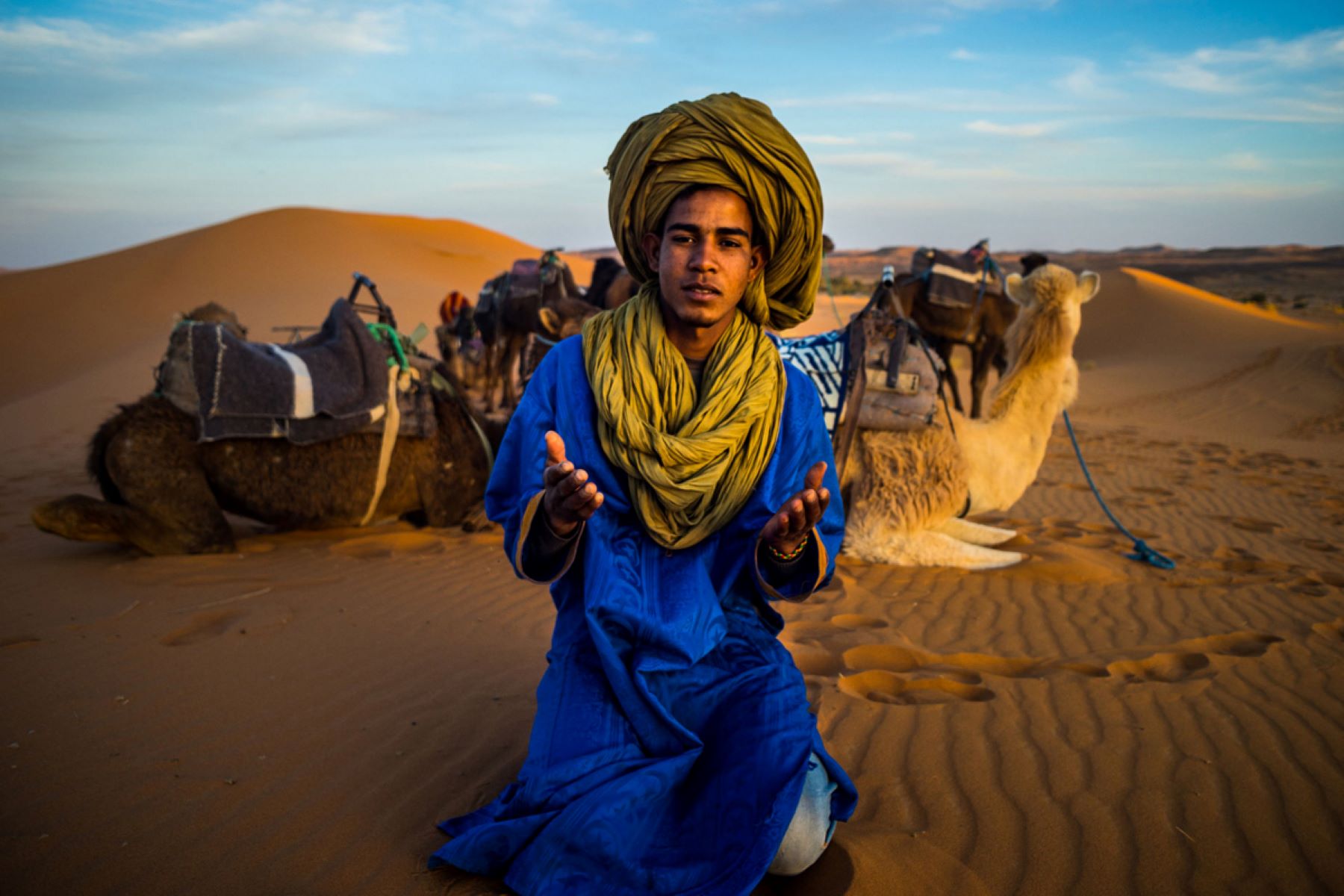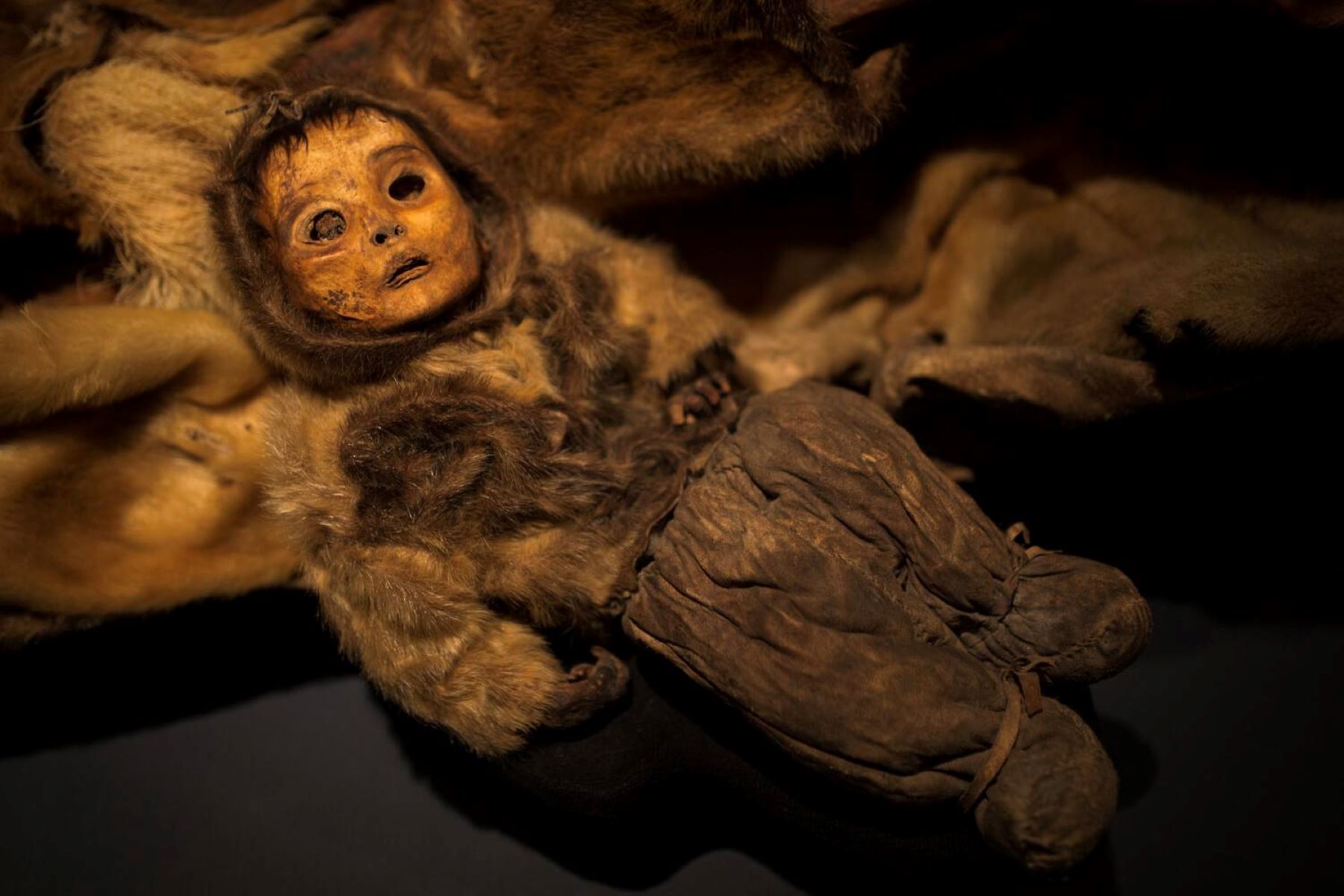
Who are the Berbers? The Berbers, also known as the Amazigh, are an indigenous group native to North Africa. They have a rich history that spans thousands of years, dating back to ancient times. Their culture, language, and traditions have influenced the region significantly. Why are they important? Berbers have played crucial roles in the history of North Africa, from resisting Roman and Arab invasions to contributing to the cultural and social fabric of countries like Morocco, Algeria, Tunisia, and Libya. What makes them unique? Their unique language, Tamazight, and their vibrant traditions, including music, dance, and art, set them apart. Curious to know more? Let's dive into 36 fascinating facts about the Berbers that will give you a deeper understanding of this remarkable group.
Key Takeaways:
- The Berbers, also known as the Amazigh, are an ancient indigenous group in North Africa with a rich history, vibrant culture, and significant contributions to science and knowledge.
- Berber culture is characterized by unique traditions, delicious cuisine, vibrant festivals, and lasting influence on modern society, making them an integral part of North African heritage.
Who Are the Berbers?
The Berbers, also known as the Amazigh, are an indigenous ethnic group native to North Africa. Their history, culture, and traditions span thousands of years. Here are some fascinating facts about the Berbers.
- The term "Berber" comes from the Greek word "barbaros," meaning barbarian, which was used by the Greeks and Romans to describe non-Greek or non-Roman people.
- Berbers refer to themselves as "Imazighen," which means "free people" or "noble men" in their language.
- The Berber language, Tamazight, has several dialects and is written in the ancient Tifinagh script.
- Berber communities are found in Morocco, Algeria, Tunisia, Libya, Mali, and Niger.
- The Berber flag, featuring blue, green, and yellow stripes with a red symbol, represents the Amazigh identity and their connection to the land.
Berber History and Heritage
The Berbers have a rich history that dates back to ancient times. Their influence can be seen in various aspects of North African culture.
- Berbers have lived in North Africa for at least 4,000 years, making them one of the oldest indigenous groups in the region.
- The ancient Berber kingdom of Numidia was a significant power in North Africa before being annexed by the Roman Empire.
- Berber warriors, known as the Moors, played a crucial role in the Islamic conquest of Spain in the 8th century.
- The Berber queen, Dihya, also known as Kahina, led a resistance against the Arab invasion in the 7th century.
- The Almoravid and Almohad dynasties, both of Berber origin, ruled large parts of North Africa and Spain during the medieval period.
Berber Culture and Traditions
Berber culture is rich in traditions, art, and music. Their unique customs have been passed down through generations.
- Berber carpets, known for their intricate designs and vibrant colors, are highly prized and often handmade by women.
- Traditional Berber music features instruments like the bendir (a type of drum) and the guembri (a three-stringed lute).
- The Berber New Year, Yennayer, is celebrated on January 12th and marks the beginning of the agricultural year.
- Berber jewelry, often made of silver, is adorned with intricate patterns and symbols representing protection and fertility.
- The traditional Berber dress includes the "djellaba," a long, loose-fitting robe with a hood, and the "haik," a large piece of cloth wrapped around the body.
Berber Cuisine
Berber cuisine is a delightful blend of flavors and ingredients that reflect their connection to the land and their nomadic lifestyle.
- Couscous, a staple dish made from steamed semolina grains, is a central part of Berber cuisine.
- Tagine, a slow-cooked stew made with meat, vegetables, and spices, is named after the earthenware pot in which it is cooked.
- Berber bread, known as "khobz," is traditionally baked in a clay oven called a "tannour."
- Mint tea, often sweetened with sugar, is a popular beverage and a symbol of hospitality in Berber culture.
- Harira, a hearty soup made with lentils, chickpeas, and tomatoes, is commonly served during Ramadan.
Berber Architecture
Berber architecture is characterized by its adaptability to the harsh North African environment and its use of local materials.
- The ksar, a fortified village made of mudbrick, is a common feature in Berber architecture.
- The Ait Benhaddou, a UNESCO World Heritage site in Morocco, is a famous example of a traditional Berber ksar.
- Berber houses, known as "tighremt," are often built into hillsides to provide natural insulation against extreme temperatures.
- The "agadir," a communal granary, is used to store food and protect it from thieves and pests.
- Berber villages are often located in mountainous regions, where terraced farming is practiced to make the most of the rugged terrain.
Berber Influence on Modern Society
The Berbers have left a lasting impact on modern society, particularly in North Africa.
- The Berber language, Tamazight, was recognized as an official language in Morocco in 2011 and in Algeria in 2016.
- Berber activists have played a significant role in promoting cultural and linguistic rights in North Africa.
- The Berber Spring, a series of protests in the 1980s, aimed to gain recognition for Berber identity and language in Algeria.
- Berber art and crafts, such as rugs and pottery, are popular in global markets and contribute to the local economy.
- The Tuareg, a Berber subgroup, are known for their distinctive blue clothing and their role as traders in the Sahara Desert.
Berber Festivals and Celebrations
Berber festivals and celebrations are vibrant events that showcase their rich cultural heritage.
- The Imilchil Marriage Festival, held in the Atlas Mountains, is a traditional event where young Berber men and women meet and marry.
- The Moussem of Tan-Tan, a gathering of Berber tribes in Morocco, celebrates their nomadic heritage with music, dance, and camel races.
- The Festival of the Sahara, held in Douz, Tunisia, features traditional Berber music, poetry, and storytelling.
- The Timitar Festival in Agadir, Morocco, highlights Berber music and culture alongside international artists.
- The Tafraoute Almond Blossom Festival celebrates the blooming of almond trees with music, dance, and local crafts.
Berber Contributions to Science and Knowledge
Berbers have made significant contributions to various fields of science and knowledge throughout history.
- Ibn Battuta, a famous Berber explorer, traveled extensively across Africa, Asia, and Europe in the 14th century, documenting his journeys in a detailed travelogue.
The Berber Legacy
Berbers, also known as Amazigh, have a rich history that spans thousands of years. Their unique culture, language, and traditions have significantly influenced North Africa. From their ancient rock art to their vibrant festivals, Berbers have left an indelible mark on the world.
Their resilience and adaptability have allowed them to thrive despite numerous challenges. Berber languages, like Tamazight, continue to be spoken by millions, preserving their heritage. Their contributions to art, music, and cuisine enrich global culture.
Understanding Berber history and culture provides valuable insights into the diverse tapestry of human civilization. It reminds us of the importance of preserving and celebrating cultural diversity. The Berber legacy is a testament to the enduring spirit of a people who have shaped history in profound ways.
Frequently Asked Questions
Was this page helpful?
Our commitment to delivering trustworthy and engaging content is at the heart of what we do. Each fact on our site is contributed by real users like you, bringing a wealth of diverse insights and information. To ensure the highest standards of accuracy and reliability, our dedicated editors meticulously review each submission. This process guarantees that the facts we share are not only fascinating but also credible. Trust in our commitment to quality and authenticity as you explore and learn with us.


